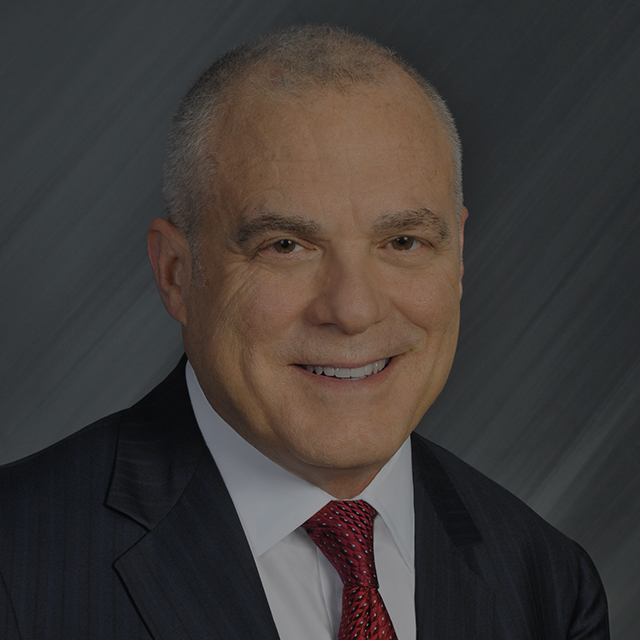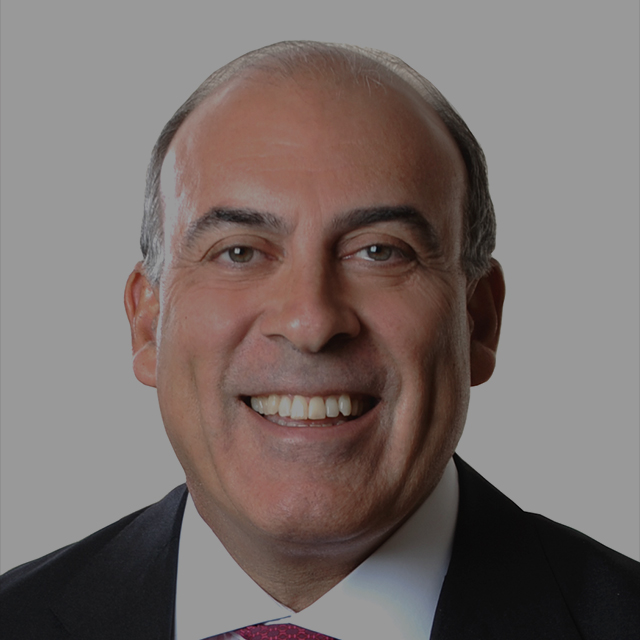Taking on the Challenges:
One of the most common challenges associated with workplace wellness programs is the difficulty of motivating employees to participate in program offerings. Barriers to employee participation include:
Lack of Interest
Inconvenient Locations
Insufficient Incentives
Time Limitations
Take Action:
To improve the health and wellness of individuals, employers should implement comprehensive health and wellness programs for employees that address the following needs, and they should begin tracking and sharing outcomes to promote learning and improvement:
Nutrition and physical activity, Tobacco cessation, Emotional and behavioral health and Condition management, including chronic disease management
Immediate Term
- Broadly share strategies and best practices for addressing common challenges—such as employee engagement—to assist with successful implementation among employers, and share the impact of various strategies on health outcomes, costs, productivity, absenteeism, employee motivation, and employee satisfaction
Near Term
- Prioritize and accelerate the adoption of comprehensive health and wellness programs that address the following needs:
- Nutrition and weight management
- Physical activity
- Smoking cessation
- Emotional and behavioral health, including stress management and depression
- Condition management, including chronic disease management
- Leverage the use of electronic and social media tools to increase accessibility of, interest in, ease of use of, and adoption of health and wellness programs:
- Online educational resources and programs
- Interactive tracking tools, such as those that track medications
- Self-monitoring tools, including those that connect with personal devices
- Online communities to provide peer support
- Online “coaches” to increase accessibility of support
- Patient access to information contained in electronic health records
- Implement incentives to increase employee adoption of health and wellness programs
- Modify benefit design to encourage preventive activities
- Make preventive activities, such as screening and immunization, more accessible by bringing them on-site periodically
- Support a smoke-free workplace
- Begin tracking and sharing specific outcomes of health and wellness programs, including those related to health outcomes, costs, productivity, absenteeism, and employee satisfaction to facilitate learning and improvement. In the first year, strive to use common metrics such as the following, building in additional metrics over time:
- Biometric measures:
- Blood glucose levels
- Blood pressure levels
- Cholesterol levels
- Obesity
- Behavioral measures
- Nutrition
- Physical activity
- Tobacco use
- Emotional and behavioral health measures
- Stress
- Depression
Long Term
- Collaborate with other employers in the evaluation of health and wellness program to contribute to the evidence base and advance effective implementation in the field
Featured Strategies



Mark T. Bertolini
Chairman, Chief Executive Officer, and President, Aetna
Aetna is improving the health and wellness of individuals through:
A voluntary metabolic screening program and an evidence-based online program designed to reduce or reverse the risk factors associated with Metabolic Syndrome, demonstrating significant improvements in risk factors, stress levels, and work productivity
Use of health-related mobile applications to empower consumers and make accessing health care and health information more convenient and personalized
Innovative programs that use mindfulness and yoga to help the workforce manage stress, demonstrating reductions in stress levels and improvements in productivity



Brian T. Moynihan
Chairman and CEO, Bank of America Corporation
Bank of America Corporation has significantly exceeded national average employee-participation results in workplace wellness programs. More than 211,000 employees and spouses/partners completed 2014 wellness activities and more than 96,000 employees enrolled in the organization’s 2013 physical activity challenge.
Learn More


Scott P. Serota
President and CEO, Blue Cross and Blue Shield Association
Blue Cross and Blue Shield Companies have designed a variety of strategies to increase engagement of individuals (both their own employees and those of their account customers) in their health and wellness, with positive results. Some proven strategies include:
■ Combining participation-based and outcomes-based incentives, resulting in significant cost avoidance and improved health outcomes
■ Providing personalized customer support to help ensure informed decision-making, resulting in considerable cost savings
■ Embedding employee-engagement methods into health benefit product design, so that incentives for health and wellness are not a separate program but an integral part of coverage.



Alex Gorsky
Chairman and CEO, Johnson & JohnsonIt is no secret that J&J strives to have the world’s healthiest workforce, as often stated by CEOs both past and present. This commitment, from the highest level, allows for an upfront investment to support this vision. J&J’s evolving strategy is to use its health programs to embed health into the culture, all the while emphasizing leadership commitment, health education, and an environment that supports healthy choices and local initiatives. J&J also integrates key aspects of occupational health, wellness, fitness, personal energy management, employee assistance (mental well-being), and work life effectiveness.
Learn More


Dominic Barton
Managing Director, McKinsey & Company
McKinsey & Company recognizes the importance of rooting strategy in deep knowledge of its employee population and making programs available that promote general health and wellness and respond to targeted cost and care needs.
Learn More


Muhtar Kent
Former Chairman and CEO, The Coca-Cola Company
The Coca-Cola Company’s health and wellness strategy focuses on personalized support, social engagement, and shifting to a culture of well-being. Coca-Cola embraces the creativity of its employees to develop new, innovative approaches and embraces a culture change that begins with its leaders, who are role models.
Learn More


Lowell C. McAdam
Chairman and CEO, Verizon Communications
Verizon Communications is engaging and empowering its employees by providing 100 percent preventive care coverage and easy access to healthy living information as well as interactive support tools and programs that help individuals manage their chronic conditions, with positive results in both participation and health outcomes. Health screening program results are showing positive improvement in high blood pressure, cholesterol, and diabetes risk.
Learn More


Gregory D. Wasson
Former President and CEO, Walgreens
The Walgreen Co. is lowering the barriers to preventive care by offering vaccines and biometric screening free-of-charge to employees and encouraging preventive visits. Walgreens is also offering chronic condition management and wellness coaching. Walgreens’ programs have resulted in reductions in health risk scores and considerable cost savings.
Learn More